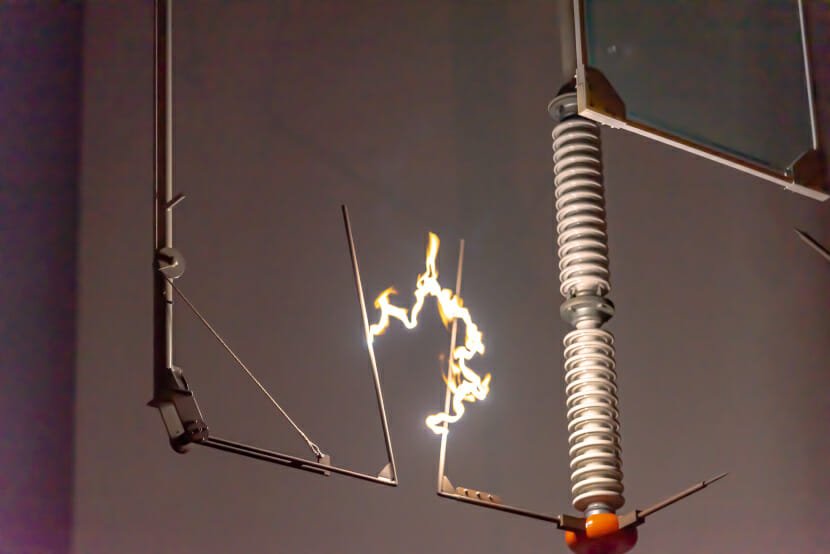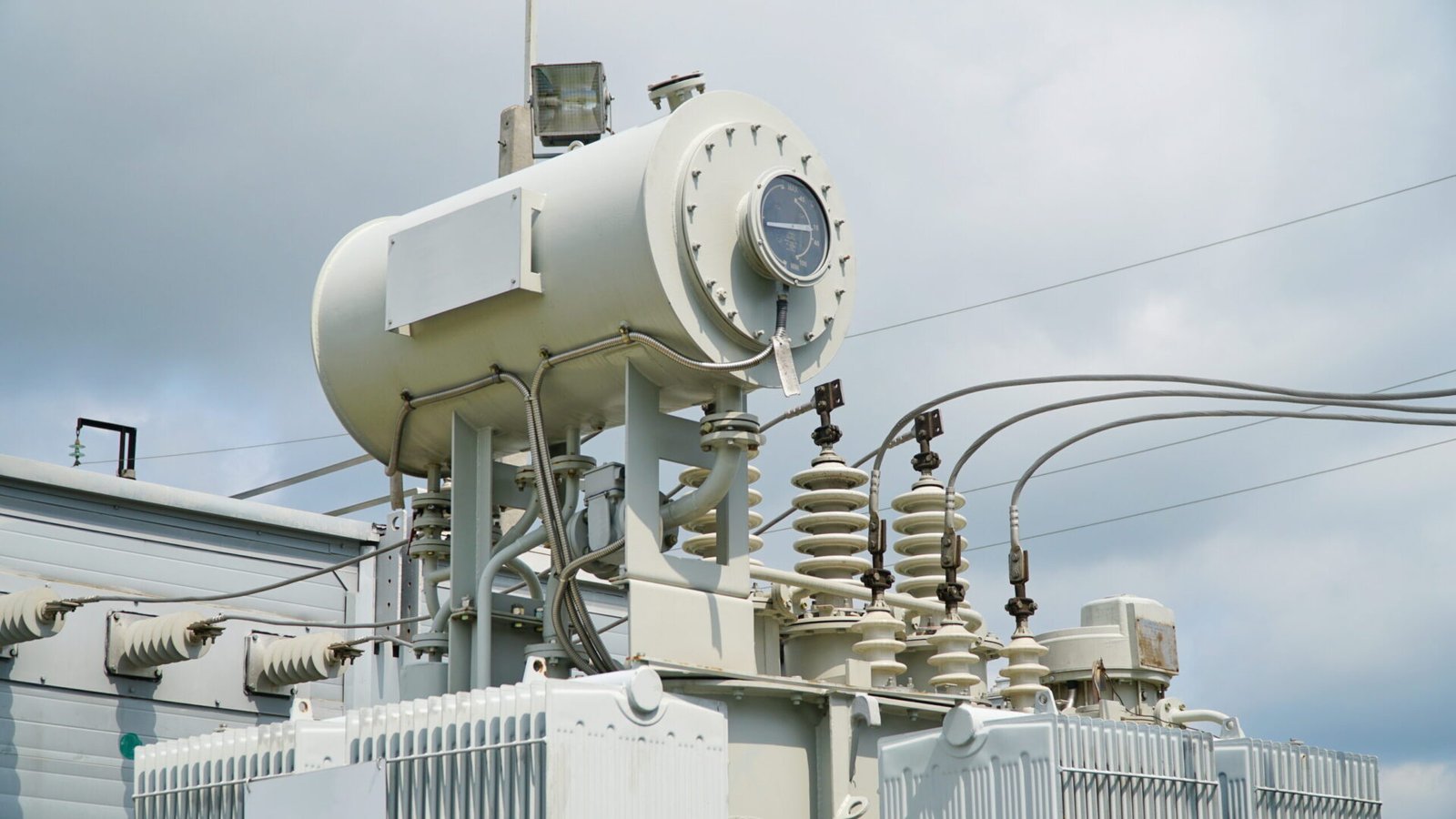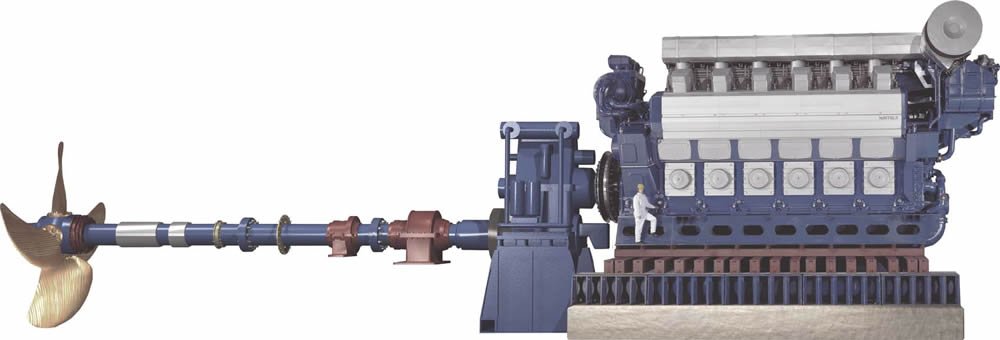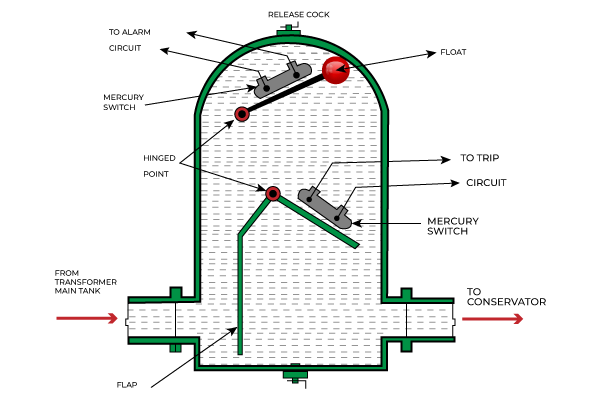Introduction:
In the world of electrical safety, one silent culprit lurks, often unnoticed until it’s too late: arcing. Arcing, characterized by the electrical discharge or jumping of current between two conductors, is a leading cause of electrical fires worldwide. Despite its prevalence, many remain unaware of its potential hazards. In this blog post, we delve into the intricacies of arcing, its causes, and how to mitigate its risks to safeguard both life and property.
Understanding Arcing:
Arcing occurs when current flows through an unintended path, creating an ionized gas or plasma between conductors. This phenomenon generates intense heat, reaching temperatures of up to 35,000 degrees Fahrenheit, which can ignite nearby flammable materials. Unlike short circuits or overloads, which are more commonly recognized causes of electrical fires, arcing often goes unnoticed until it triggers a catastrophic event.
Causes of Arcing:
Arcing can result from various factors, including poor electrical connections, damaged wiring insulation, overloaded circuits, and equipment malfunction. Loose electrical connections, in particular, create resistance, leading to heat buildup and increased risk of arcing. Similarly, worn-out or frayed wiring insulation exposes conductors to potential contact, facilitating arcing incidents.
Mitigating Arcing Risks:
Preventing arcing requires a proactive approach to electrical safety. Regular inspection and maintenance of electrical systems are crucial to identify and rectify potential hazards before they escalate. Ensuring secure electrical connections, replacing damaged wiring, and avoiding overloading circuits are fundamental steps in mitigating arcing risks. Additionally, investing in advanced arc fault detection technology enhances early detection capabilities, allowing for timely intervention and prevention of electrical fires.
The Role of Arc Fault Detection Systems:
Arc fault detection systems play a pivotal role in identifying and mitigating arcing hazards. These sophisticated systems utilize advanced sensors to detect characteristic signatures of arcing events, enabling swift intervention to prevent fire outbreaks. By integrating arc fault detection technology into electrical installations, businesses and homeowners can significantly enhance their safety measures and protect against the devastating consequences of electrical fires.
Conclusion:
Arcing represents a formidable threat to electrical safety, capable of causing catastrophic fires with minimal warning. By understanding the causes and characteristics of arcing and implementing robust prevention strategies, individuals and organizations can effectively mitigate its risks. Investing in advanced technologies, such as arc fault detection systems, offers an additional layer of protection, ensuring early detection and intervention to safeguard lives and property. Let us remain vigilant and proactive in combating the hidden danger of arcing to create safer environments for all.








